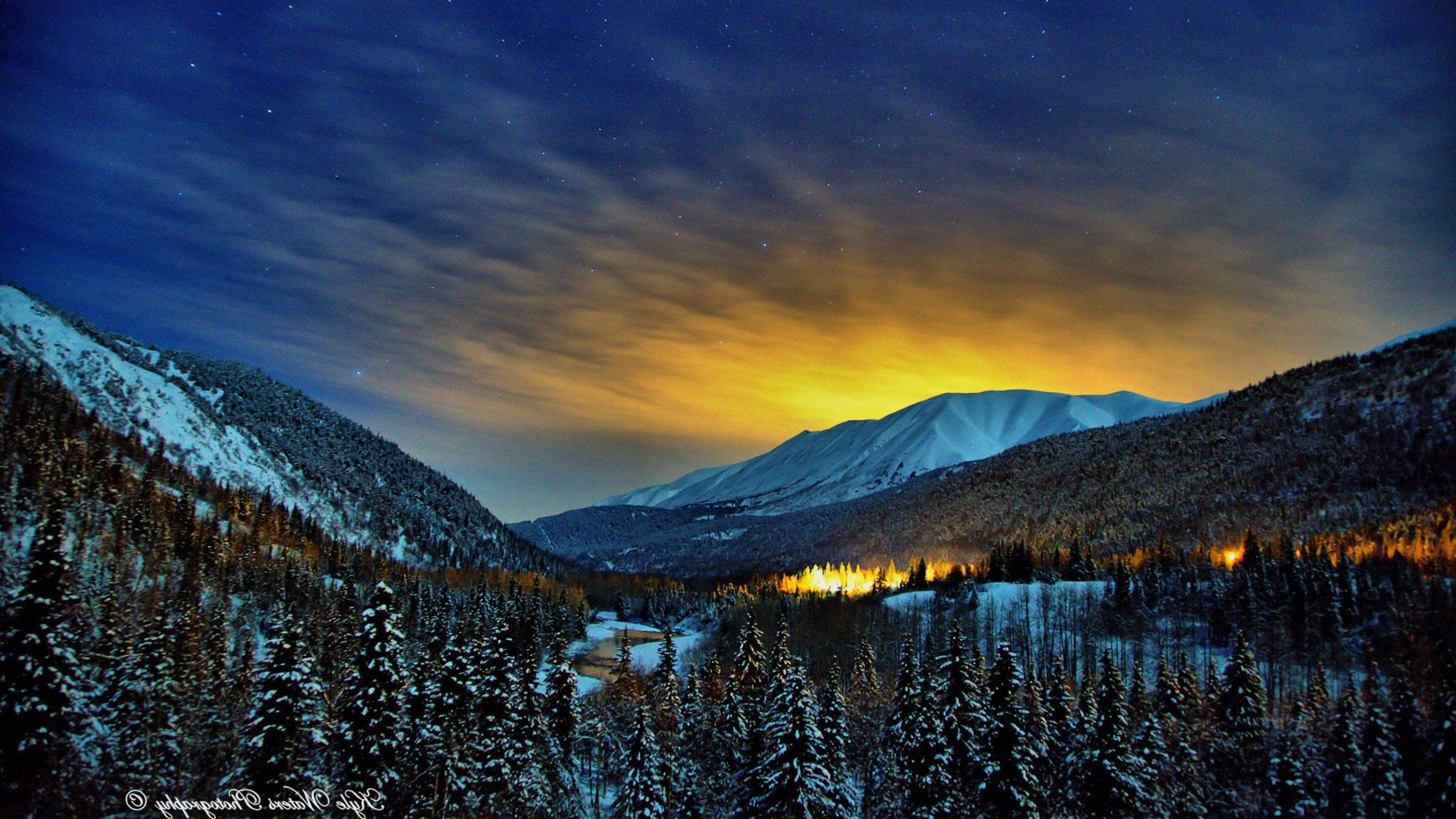Set against the backdrop of medieval Russia, Katherine Arden’s “The Winter of the Witch” is a captivating blend of folklore, magic, and the struggle for personal identity. The novel, which is the final installment of the Winternight Trilogy, explores numerous themes of enchantment that resonate deeply with readers. From the rich tapestry of Slavic mythology to the complexities of human emotion, the book invites readers to delve into a world where magic and reality intertwine. This article will explore the enchantment themes present in “The Winter of the Witch,” revealing how they contribute to the novel’s allure and thematic depth.
The Power of Belief and Faith

One of the central themes of enchantment in “The Winter of the Witch” is the power of belief and faith. Throughout the story, the protagonist, Vasya, grapples with the contrasting beliefs of her world. On one hand, there are the old pagan traditions that honor nature and spirits, and on the other, the encroaching force of Christianity, which seeks to eradicate these ancient practices. This tension creates an enchanting atmosphere where the characters must navigate their beliefs in a world that is both magical and dangerous.
- Contrast of Beliefs: The conflict between paganism and Christianity illustrates how belief systems can shape reality. Vasya’s affinity for the old gods allows her to interact with the mystical elements of her world.
- Faith as a Source of Power: Throughout the novel, the strength of one’s faith—be it in the old gods or new beliefs—directly impacts the characters’ abilities to confront their challenges.
- The Role of Rituals: The importance of rituals in both pagan and Christian traditions highlights how enchantment is woven into the fabric of everyday life.
The Enchantment of Nature

Nature plays a pivotal role in “The Winter of the Witch,” serving as both a setting and a source of enchantment. The stark beauty of the Russian landscape is not merely a backdrop; it is alive with magic and mystery. Arden skillfully uses vivid descriptions to evoke the enchantment of winter, allowing readers to feel the chill in the air and the warmth of the hearth.
- Personification of Nature: Arden personifies elements of nature, transforming them into characters that interact with Vasya. This technique emphasizes the interconnectedness of humans and the natural world.
- Seasonal Symbolism: The winter setting symbolizes both isolation and introspection, contributing to the theme of personal growth and transformation. The harshness of winter forces characters to confront their deepest fears and desires.
- Magical Creatures: Enchanted beings, such as the frost demon Morozko, embody the magic inherent in nature, illustrating how the mystical and the mundane coexist.
Identity and Transformation

Vasya’s journey throughout “The Winter of the Witch” is one of self-discovery and transformation. The enchantment themes are intricately tied to her struggle for identity in a society that seeks to confine her within rigid gender roles. As she embraces her magical abilities, she also confronts societal expectations, leading to profound personal growth.
- Gender Roles: Vasya’s defiance of traditional gender norms is a form of enchantment in itself. Her refusal to conform to the expectations placed upon women in her society allows her to harness her magic and assert her identity.
- Embracing Heritage: The novel emphasizes the importance of understanding one’s roots. Vasya’s journey is enriched by her connection to her family history and the old beliefs of her ancestors.
- Transformation Through Adversity: The challenges Vasya faces serve as catalysts for her transformation. Each trial she endures enhances her strength and understanding of her true self.
The Role of Community and Connection

While much of the enchantment in “The Winter of the Witch” is centered around the individual, the importance of community and connection cannot be overlooked. The relationships Vasya forms throughout the story highlight the power of unity in the face of adversity.
- Shared Beliefs: The bond between characters who share similar beliefs creates a sense of belonging and empowerment. Vasya finds strength in her connections with others who honor the old ways.
- Role of Family: Family ties are crucial to the narrative, with Vasya’s love for her siblings driving many of her decisions. The enchantment of familial love adds depth to her motivations.
- Community Resilience: As the villagers confront external threats, their unity becomes a source of strength, demonstrating how enchantment can flourish in a supportive environment.
The Intersection of Magic and Reality

A hallmark of Arden’s writing is her ability to blur the lines between magic and reality. In “The Winter of the Witch,” the enchantment themes are woven seamlessly into the fabric of daily life, creating a world where the extraordinary feels ordinary. This intersection serves to enhance the novel’s overall magical realism.
- Everyday Magic: The characters’ interactions with magical beings and events highlight how magic infuses their daily lives. This portrayal encourages readers to consider the enchantment that exists in their own realities.
- Myth and History: Arden draws on Slavic folklore and history to ground her magical elements in a sense of authenticity. This connection to real-world traditions enriches the narrative and adds depth to the enchantment.
- Impact of Choices: The choices made by characters often have magical consequences, illustrating the idea that every action can lead to extraordinary outcomes.
Conclusion: The Enchantment of “The Winter of the Witch”
![]()
“The Winter of the Witch” is a masterful exploration of enchantment themes that resonate deeply with readers. Through the power of belief, the beauty of nature, the quest for identity, the importance of community, and the intersection of magic and reality, Katherine Arden crafts a narrative that is both enchanting and thought-provoking. The novel invites us to reflect on our own beliefs, connections, and the magic that exists within and around us. As Vasya’s journey unfolds, readers are left with a profound understanding of the complexities of human emotion and the transformative power of enchantment in our lives.